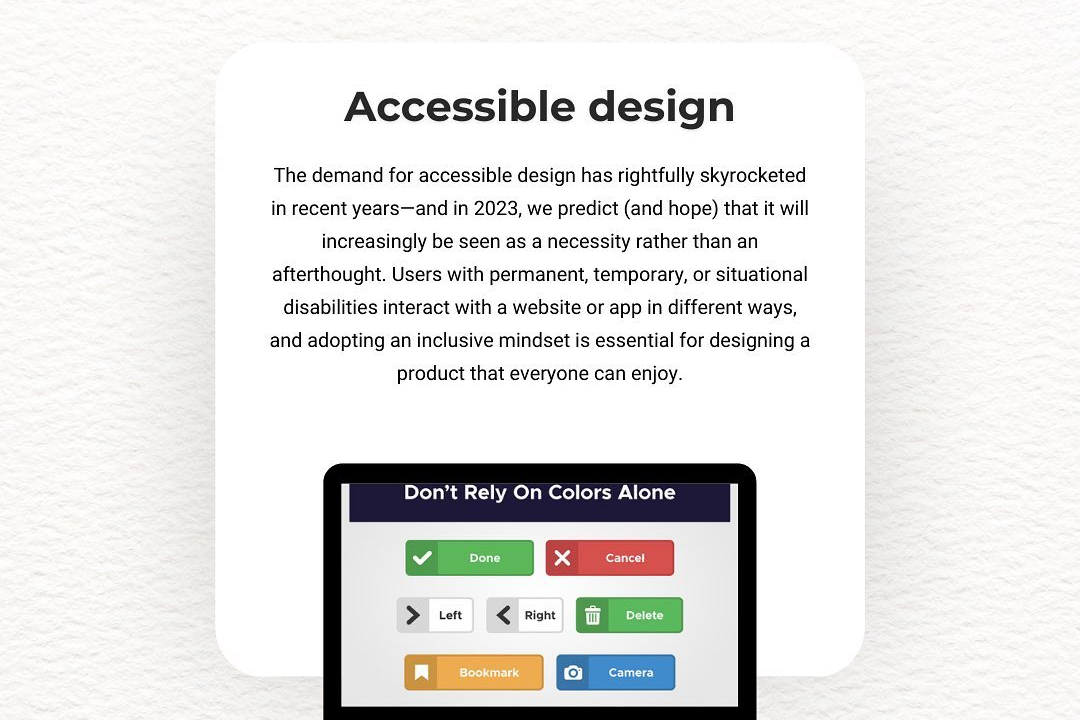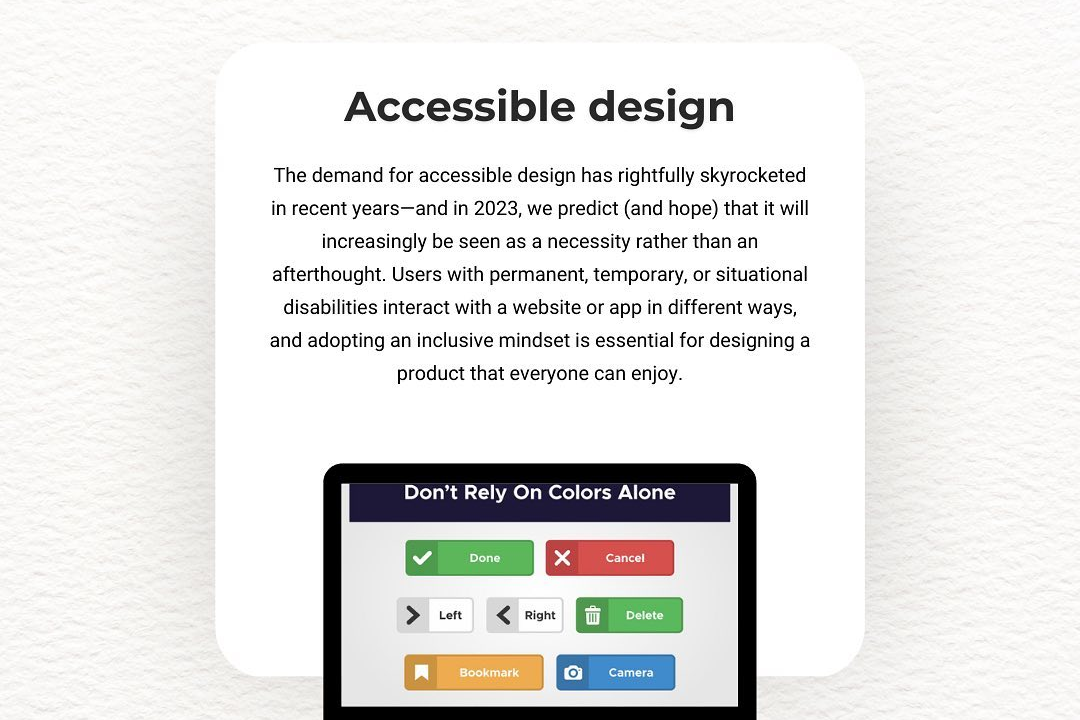Json Parsing In Swift
Effective JSON Parsing Techniques in Swift
Json Parsing In Swift
JSON parsing in Swift typically involves converting JSON data into Swift data types using the `JSONSerialization` class or the more modern `Codable` protocol. When using `JSONSerialization`, you deserialize JSON into dictionaries and arrays, which can then be navigated. However, a more type-safe and flexible approach is to define Swift structures or classes that conform to the `Codable` protocol, allowing you to map JSON directly to Swift types with minimal boilerplate. This is achieved by leveraging the `JSONDecoder` class, which decodes the JSON data into Swift objects and automates the mapping based on the property names and types. Error handling is an essential part of the parsing process, typically managed with `do-catch` statements to handle potential decoding errors gracefully.
To Download Our Brochure: https://www.justacademy.co/download-brochure-for-free
Message us for more information: +91 9987184296
1 - What is JSON?
Definition: JSON (JavaScript Object Notation) is a lightweight data interchange format that is easy to read and write for humans and easy to parse and generate for machines.
2) Why Use JSON in Swift?
Interoperability: JSON is widely used for APIs, making it essential for Swift developers to communicate with web services and handle external data.
3) Swift's Built in Support for JSON
Foundation Framework: Swift has the built in `JSONSerialization` class that allows you to easily convert JSON data into Swift objects, and vice versa.
4) JSON Structure
Format: JSON typically consists of key value pairs organized either as objects (curly braces) or arrays (square brackets). Understanding this structure is crucial for parsing.
5) Importing Foundation
Foundation Requirement: To handle JSON in Swift, you need to import the Foundation framework which provides the necessary functionalities for JSON parsing.
6) Fetching JSON Data
Networking: To parse JSON, usually you first fetch the data from a network request using `URLSession`, which returns the JSON data you need to work with.
7) Converting JSON Data to Swift Types
Serialization: Use `JSONSerialization.jsonObject(with:options:)` method to convert JSON data into Swift `Dictionary` or `Array`, which can be further processed.
8) Error Handling
Understanding Errors: Always handle errors using `do catch` blocks during JSON parsing to manage potential issues with malformed JSON or network errors.
9) Using Codable Protocol
Type Safety: Swift offers a type safe way to decode and encode JSON using the `Codable` protocol, allowing you to easily create structures that match the JSON schema.
10) Creating Model Objects
Defining Structures: Define Swift structs or classes that conform to the `Codable` protocol for your JSON data model, facilitating easy parsing.
11) Decoding JSON
JSONDecoder: Utilize `JSONDecoder` to decode your JSON into your Swift model objects with the `decode(_:from:)` method which simplifies the process significantly.
12) Encoding JSON
JSONEncoder: If you need to convert Swift objects back to JSON, use `JSONEncoder` to easily encode your objects into JSON data.
13) Nested JSON Parsing
Handling Nested Structures: JSON often contains nested arrays and objects. You must define your Codable models accordingly to handle these structures efficiently.
14) Best Practices
Consider the Optional Types: Be cautious with optional properties when defining your data models, as not all JSON keys may be present.
15) Common JSON Parsing Libraries
Using Third party Libraries: Explore popular third party libraries like SwiftyJSON or Alamofire for more convenience and advanced features in JSON parsing and networking.
16) Testing JSON Parsing
Unit Testing: Implement unit tests to validate your JSON parsing logic to ensure your models are robust and reliable.
17) Performance Considerations
Efficiency: Consider performance when parsing large JSON data. Use background threads for network calls and parsing to keep the UI responsive.
18) JSON Schema Validation
Structuring: Validate your JSON against a schema to ensure that the data received is in the expected format before parsing.
19) Conclusion
Summary: JSON parsing in Swift is straightforward, thanks to the built in support from the language, making it an essential skill for developers working with API integration.
These points provide a structured overview of JSON parsing in Swift, making it a great framework for a training program aimed at students seeking to understand and utilize JSON in their Swift applications.
Browse our course links : https://www.justacademy.co/all-courses
To Join our FREE DEMO Session: Click Here
Contact Us for more info:
- Message us on Whatsapp: +91 9987184296
- Email id: info@justacademy.co












